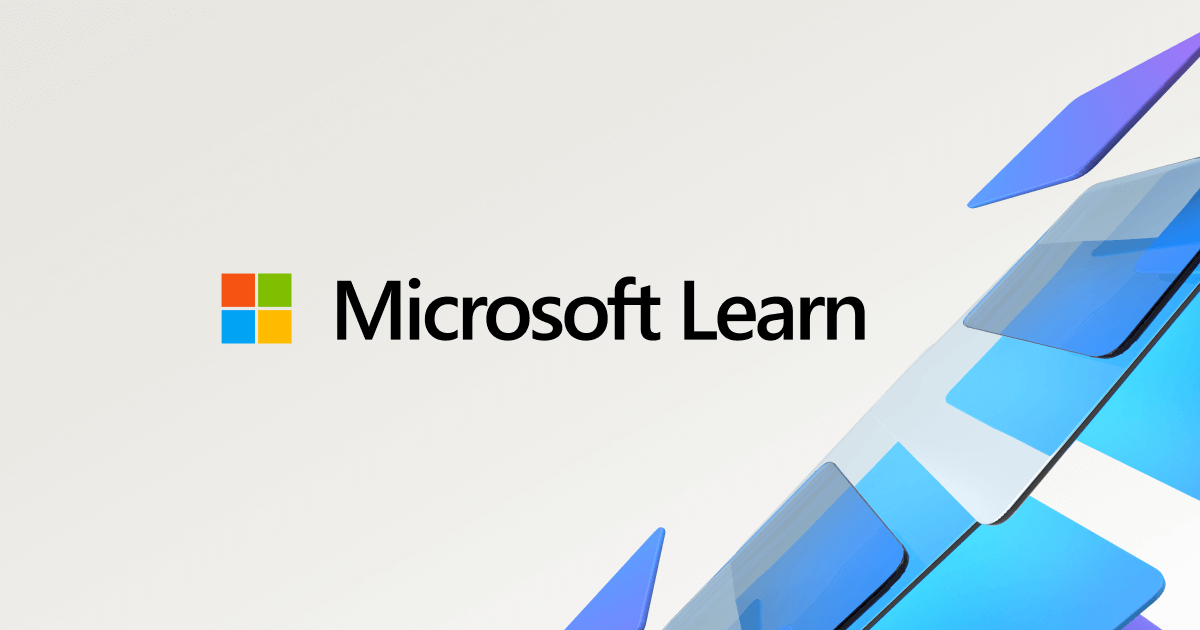- Jan 13, 2022
- 52
- 1
- 11
Hello,
I was attempting to previously build a VM server, but found the cost of VMWare ($17,500.00 per year) and Nvidia Grid ($15,000.00 for perpetual license at 4K) to be prohibitively expensive (for a 128 core core dual socket EPYC to serve 12 VM's).
While doing some Google searching, I found out that Windows Server used to support multiple concurrent RDP sessions:

 www.helpwire.app
www.helpwire.app
From the looks of things, it seemed like multiple users could RDP (with different account usernames/passwords), and be able to share a single system without interfering with one another.
Is this still supported by Windows Server 2022 (as this seems to negate my previous requirement for VM software)?
If so, what sort of license would I need to purchase for a 64 core Threadripper Pro system (as I noticed Windows Server 2022 licenses with CAL, and others without, as well as licenses for 16 cores, 24 cores, etc)?
Lastly, can I assume that a multi-session RDP session is no different than a standard RDP sessions (with full access to all hardware/software)?
Thank you,
Nelson
I was attempting to previously build a VM server, but found the cost of VMWare ($17,500.00 per year) and Nvidia Grid ($15,000.00 for perpetual license at 4K) to be prohibitively expensive (for a 128 core core dual socket EPYC to serve 12 VM's).
While doing some Google searching, I found out that Windows Server used to support multiple concurrent RDP sessions:

Enable Remote Desktop For Multiple Users on Windows 10/11
A detailed how-to guide about enabling the remote desktop for multiple users on Windows 10/11. Find out how to set up multiple remote desktop connections with the help of RDP Wrapper or by modifying the registry.
From the looks of things, it seemed like multiple users could RDP (with different account usernames/passwords), and be able to share a single system without interfering with one another.
Is this still supported by Windows Server 2022 (as this seems to negate my previous requirement for VM software)?
If so, what sort of license would I need to purchase for a 64 core Threadripper Pro system (as I noticed Windows Server 2022 licenses with CAL, and others without, as well as licenses for 16 cores, 24 cores, etc)?
Lastly, can I assume that a multi-session RDP session is no different than a standard RDP sessions (with full access to all hardware/software)?
Thank you,
Nelson







